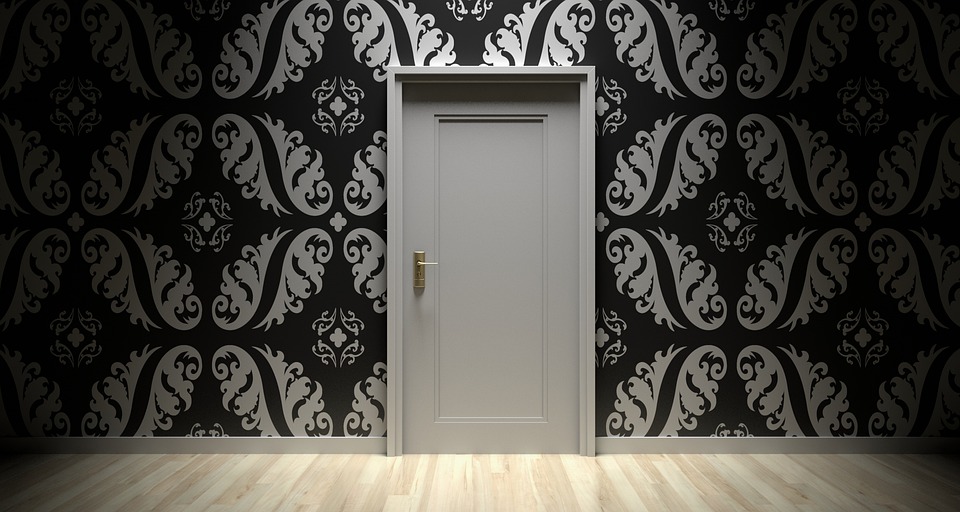
Why Permission Email Marketing is the Key to Successful Campaigns
Title: Why Permission Email Marketing is the Key to Successful Campaigns Email marketing is an essential tool for businesses looking to achieve long-term success. It

The Art of Brochure Design: A Guide to Creating a Stunning Marketing Piece
In the world of marketing, brochures are an essential marketing tool. A well-crafted brochure can capture the attention of potential customers, promote brand awareness, and drive sales. While designing a brochure may seem like a simple task, creating a stunning marketing tool is a true art form.
In this comprehensive guide, we will explore the key elements that go into designing a brochure that captures your audience’s attention and delivers a powerful message about your brand.
H1: The importance of good design
The design of your brochure is critical to its success. An attractive and well-laid-out brochure will engage potential customers and encourage them to read on. In contrast, a poorly designed brochure will likely end up in the trash without ever being opened.
When designing your brochure, it is essential to consider your brand’s look and feel. Your brochure should be an extension of your brand and use the same colours, fonts, and style. Additionally, the type of paper you choose for your brochure can also impact its perceived value.
H2: Planning your content
Before diving into the design process, you need to identify the key messages you want to convey in your brochure. Start with a rough outline and identify the primary sections of the brochure. Keep in mind that a brochure should not overwhelm the reader with too much content. Instead, it should provide a concise overview of your product or service offerings.
Once you’ve identified your primary sections, determine the level of detail required for each section. Think about what makes your product or service unique and how you can communicate that effectively.
H3: Designing your brochure
Once you have a clear understanding of your content, you can begin designing your brochure. Start with the cover and aim to create a striking visual that catches the reader’s attention. Keep in mind that the cover should also be reflective of the content inside.
Use headlines, subheadings, and bullet points to organise the information in your brochure. Keep blocks of text short and use plenty of white space for visual clarity. Use high-quality images and graphics to draw attention to your key messages and visually communicate your brand’s values.
H4: Final touches
Once your brochure design is complete, it’s time to add the final touches. Proofread your content to eliminate any spelling or grammatical errors. Then, print a high-quality version of your brochure on the right paper type.
H1: Frequently asked questions
Q1. How long should a brochure be?
There’s no hard and fast rule when it comes to the length of a brochure. However, a typical brochure ranges from four to eight pages, depending on the amount of content you have to communicate.
Q2. What type of paper should I use for my brochure?
The paper you choose can impact the perceived quality of your brochure. For a high-end feel, consider using a thick, glossy paper. For a more eco-friendly option, consider a recycled paper with a matte finish.
Q3. Can I use images from the internet in my brochure?
It’s best to use images that you own the copyrights to, or that are available under a creative commons license. Avoid using copyrighted material without permission, as this can result in legal issues.
Q4. Should I include a call-to-action in my brochure?
A call-to-action is a critical element in any marketing material. Whether you want potential customers to visit your website, call a phone number, or visit your store, it’s important to include a clear call-to-action that encourages them to take action.
Q5. How can I measure the success of my brochure?
Measuring the success of your brochure can be done with a few different methods. You can track the number of brochures printed and distributed, or measure direct sales from brochure recipients. Additionally, you can measure website traffic or lead generation resulting from brochure distribution.
Conclusion
Designing a brochure is a true art form that requires careful planning, attention to detail, and a deep understanding of your brand. By following the tips outlined in this guide, you can create a stunning marketing piece that captures your audience’s attention and drives sales. Remember, your brochure is often the first impression potential customers have of your brand, so take the necessary time to craft a final product that accurately reflects your brand’s unique identity.

Title: Why Permission Email Marketing is the Key to Successful Campaigns Email marketing is an essential tool for businesses looking to achieve long-term success. It

Title: 10 Must-Listen Marketing Podcasts to Boost Your Strategy In today’s highly digitalized world, marketing has become an essential tool for businesses looking to increase

Mastering the Art of Free Email Blasting: Tips and Tricks Email marketing is a powerful tool that businesses and individuals use to communicate with customers,

Talk with us!
Do you have a project in mind? Send us a message to understand how we can help you. We will get in touch with you.